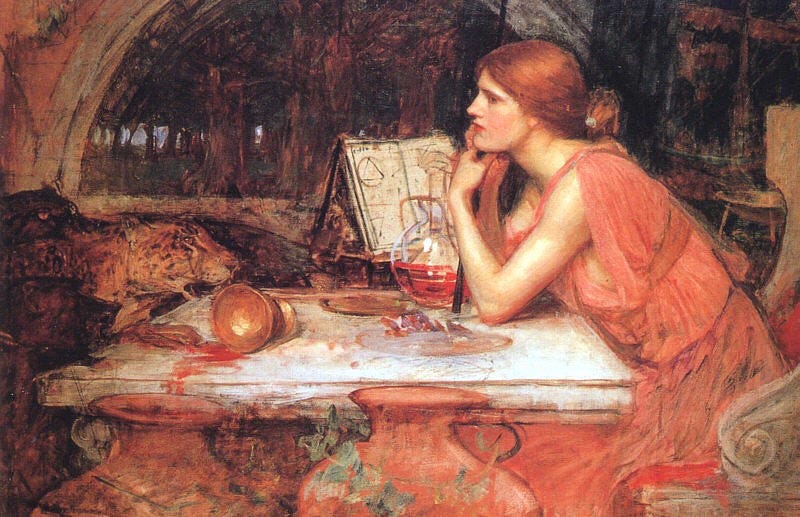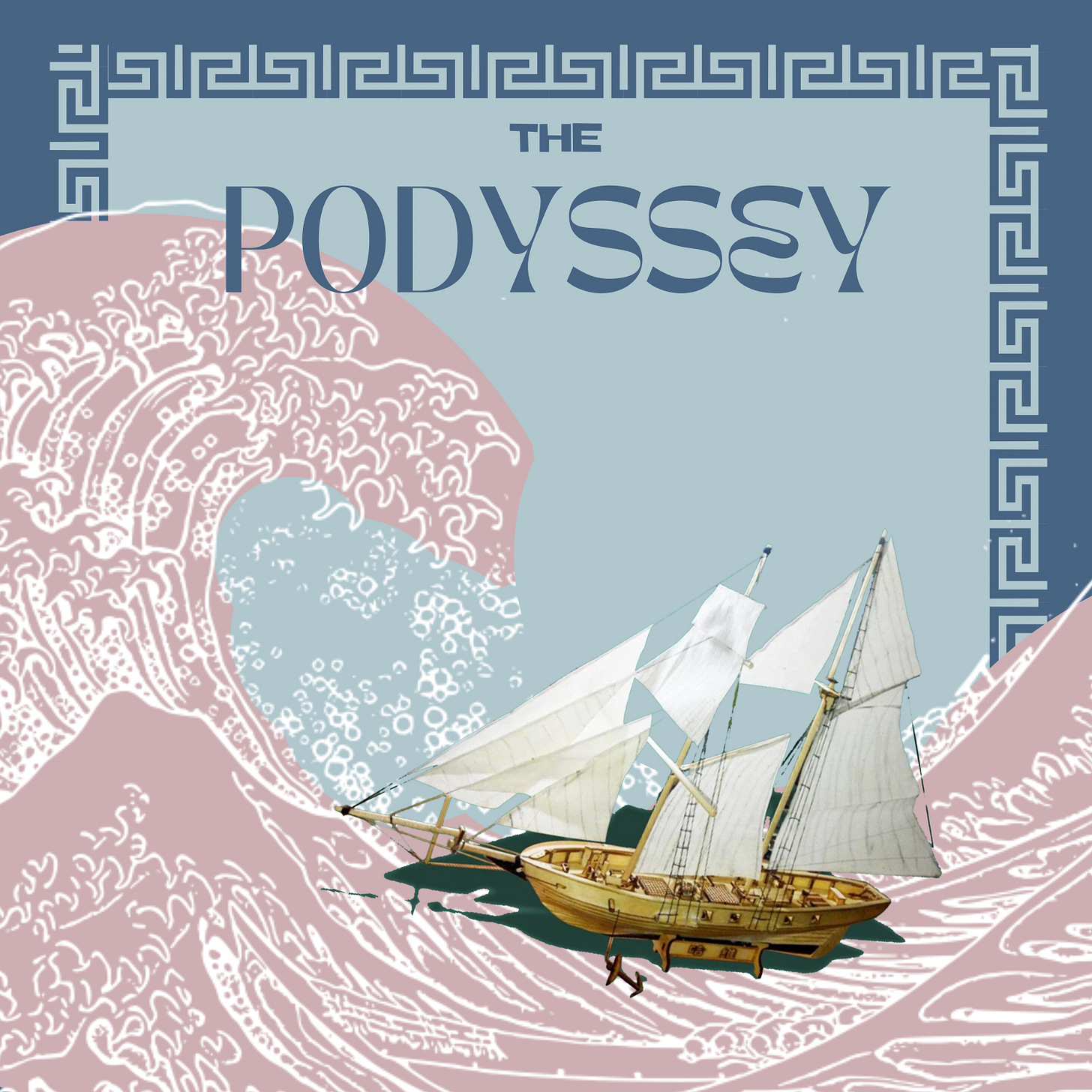I’m pulling out the stiches of an unfinished scarf to make a new project. As the loops of yarn unspool, they hold on to the ridges and curves of their old form, the ghost of a disappearing pattern. I twirl the loops around my finger the way I would twist a telephone cord as a teenager. Wool has its own memory.
When you pull out the stiches of a project, you see the hours, the labor of your hands, come apart. You unravel the time and work and plans. And you begin again.
There’s an art to unweaving, unknowing, undoing.
I’ve been immersed in the project of unweaving these days. I’ve decided to leave my academic position and will be focusing on my editorial work and writing while I explore new roles. Near my front door, cardboard boxes are ready to be built out and loaded up.
In exchange for the uprooting and uncertainty, I’ve gained a season to explore, to dream, to reimagine. To recommit myself to the creative projects that make me feel fully focused and alive. I’m cooking leisurely meals, hosting teas, and catching up with colleagues and friends. Peace is productivity, too.
But wool has its own memory: older patterns change the yarn and leave traces that become a part of what’s next.
This past spring, I taught an honors seminar on the Odyssey, a text that has always been part of my own journey.
When I sat down to write this post, I thought I would be writing about Odysseus’s travels as a frame for understanding, and embracing, my own path forward. But just as my class lectures frequently veered towards Penelope, I found myself, too, wanting to reflect, not on the figure who sailed the wine-dark sea, but on the one who remained, empedos (“grounded”), circumspect, and periphrōn (“mindful,” “wise”). Who showed tactical restraint and endurance. Who wove and unwove in an act of resistance. Penelope, caught between deferment and completion, between knowing and unknowing.
Dorothy Parker, “Penelope”
In the pathway of the sun,
In the footsteps of the breeze,
Where the world and sky are one,
He shall ride the silver seas,
He shall cut the glittering wave.
I shall sit at home, and rock;
Rise, to heed a neighbor's knock;
Brew my tea, and snip my thread;
Bleach the linen for my bed.
They will call him brave.
I’ve always been fascinated by the stories of women who weave: the Fates with their thread, Circe at her loom, the medieval women drawn in manuscripts spinning linen from flax.
As symbols of both subordination and resistance, the loom and distaff represented women’s complex position within premodern patriarchies. This weaving entailed craft, labor, and narrative power.
Enter “craftivism,” a new term for an old idea: that textile art and craft could serve activist ends. Peggy Orenstein’s NYT guest essay, “The Revolutionary Power of a Skein of Yarn,” traces women’s knitting as craftivism, from Dickens’s Madame Defarge to the Pussyhat Project (TM). And scholar Dana Williams-Johnson’s fascinating research brings awareness to the history of women’s craft in the Black community.
My spring Odyssey seminar explored the Homeric epic as well as its contemporary afterlives. We focused, in part, on feminist perspectives on the epic (for instance, Emily Wilson’s Twitter thread on the Sirens).
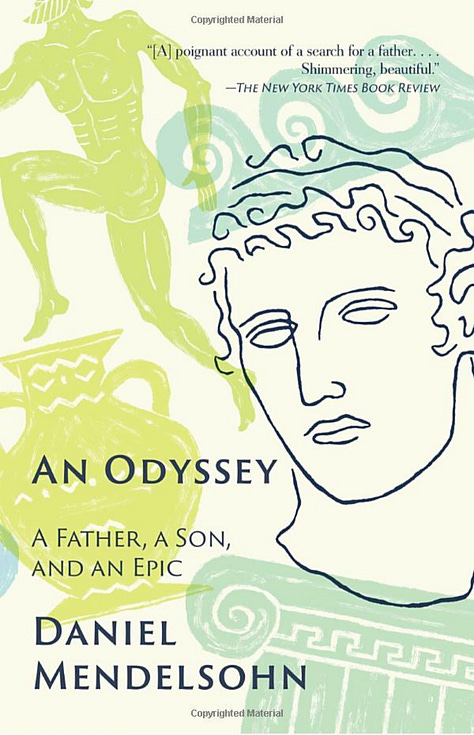
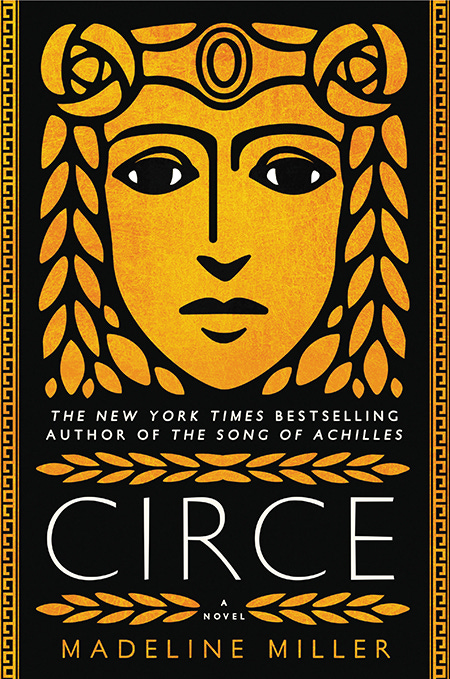
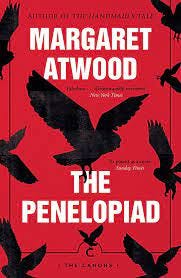

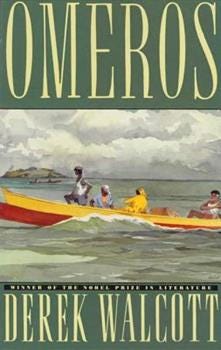
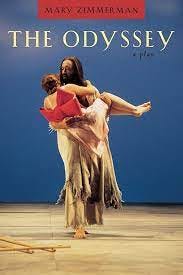
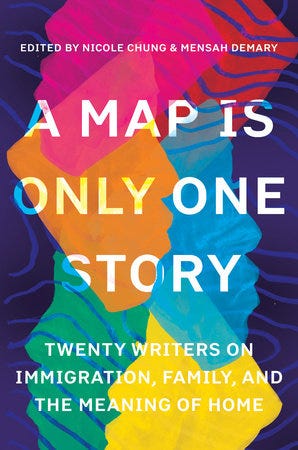
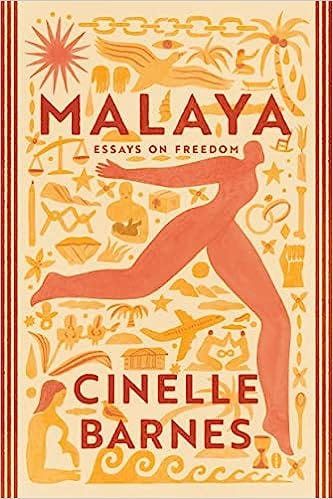

We also considered the Odyssey in relation to migration, refugee, and travel narratives—even digital nomadism. In what felt like a full-circle moment, Fanny Julissa García, who was once my student at UCLA, delivered a moving account of her experiences coming to the U.S. and shared her award-winning oral history research on the stories of Central American families separated at the U.S.-Mexico border.
We kept the narrative concerns of storytelling front and center by focusing on creative adaptation as a form of critical analysis. The students produced a two-episode podcast, “The Podyssey,” with support from guest presenter Dr. Eric Lewis (Georgia Tech) and my Converse colleague, Dr. Jeff Howard. “The Podyssey” even included commercials for the Cyclops’s cheese and the Lotus Smoke Shop 😊!
With guidance from Kristen Haas Curtis (Ph.D. student, University of Bern), the class also produced a full series of zines that adapted all 24 books of Homer’s Odyssey in six-word, illustrated pamphlets. Kristen is an amazing scholar and artist who uses creative adaptation practices to help students engage with literary texts. The zines are currently on a display in Converse’s library.


If you’re a writer, I recommend you check out Kristen’s “Magpie Memoir Exercise” to explore what it’s like to create memoirs through cartooning and illustration.
Here in the Piedmont region of the Southeastern U.S., just east of the Blue Ridge, the towns are marked by the history of textile mills. There are stories woven into this region told and untold, stories that are seeded in this red silt and sandy loam. My students share family histories of mill towns and cotton lung, of pride, love, and hardship.
The history of the cotton and textile industries, the stories of labor coerced and sometimes forgotten, haunt this region, and need to be told, beyond plantation tourism and beach trips.
This place becomes part of the new pattern I’ll be weaving, just as Charlottesville was and the many other places I’ve lived. The future, whatever it holds, will interlace with the friendships, the places, the memories I keep, woven like the loops in a blanket. Wound like a skein, knotted like a loom.
There’s an art to unweaving and reweaving. You face the fear and possibilities and strive towards courage and kleos.
Here are the threads that I’ll be working with: community, creative practice, equity, joy, rest, nourishment, curiosity, service, humor, care.
What are the threads of your craft? What patterns do you want to create?






